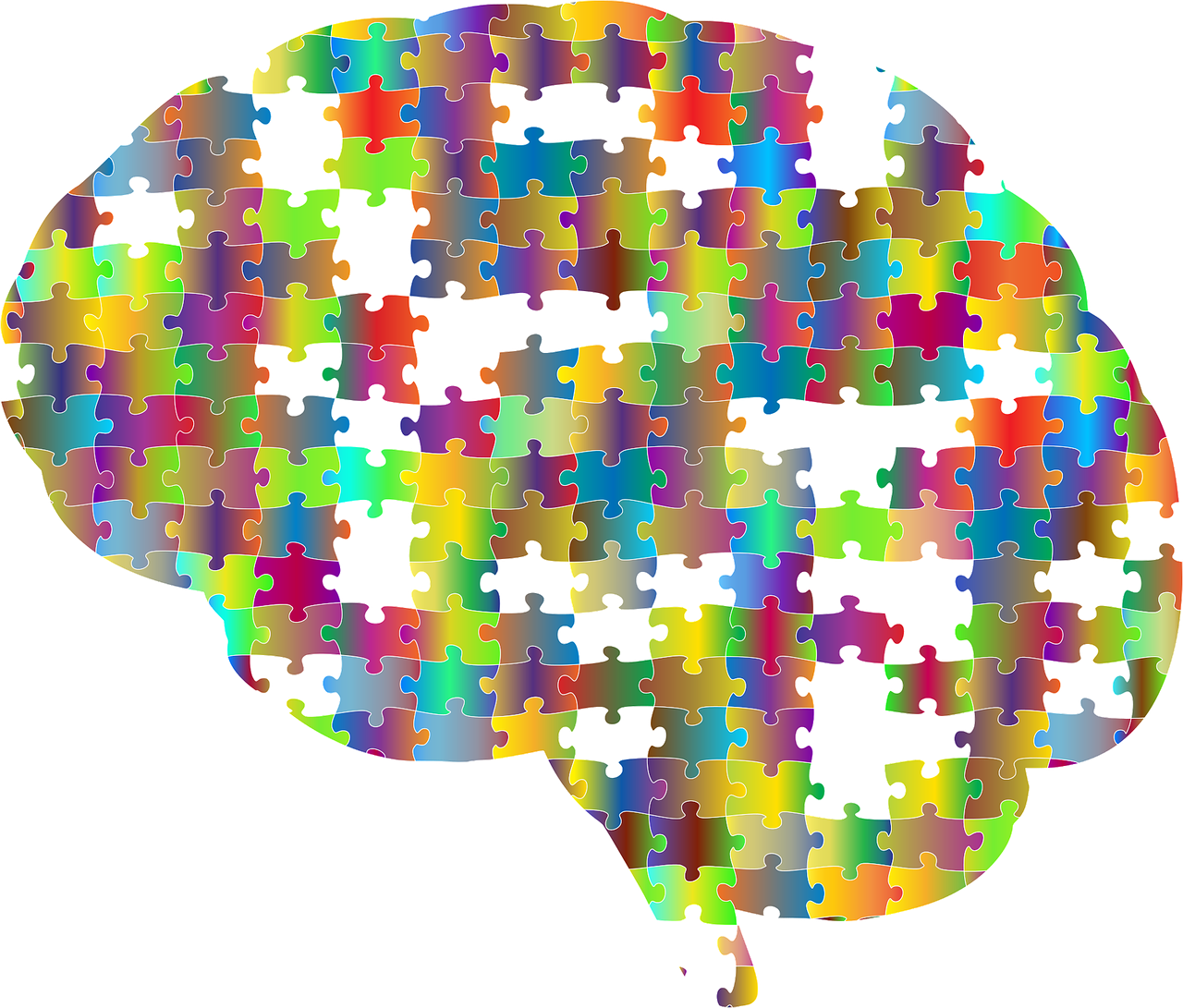Introduction
Despite the clear business case for AI adoption, many organizations struggle with implementation not because of technical challenges, but due to psychological resistance from employees. This article explores the psychological barriers to AI adoption and proposes strategies for addressing them within a Symbiotic Intelligence framework.
Understanding Resistance
The Fear Response
When faced with AI implementation, many employees experience fear responses that manifest in various ways:
- Fear of obsolescence: Concern that AI will replace human jobs
- Fear of incompetence: Anxiety about inability to work effectively with new technology
- Fear of loss of autonomy: Worry that AI will dictate how work should be done
- Fear of diminished meaning: Concern that work will become less fulfilling
These fears trigger the brain's threat response system, making rational evaluation of AI systems difficult and creating resistance that appears as skepticism, criticism, or passive non-adoption.
Psychological Barriers by Role
Expert Practitioners
Professionals who have developed expertise over years or decades often exhibit the strongest resistance to AI. Their identity and status are tied to their specialized knowledge, which AI appears to commoditize.
Case study: A law firm implemented an AI contract analysis system that could review documents in minutes rather than hours. Senior associates who had built careers on meticulous contract review initially found fault with every AI recommendation, regardless of accuracy.
Middle Managers
Middle managers often fear that AI will eliminate their role as information processors and decision-makers. If information flows directly from frontline employees to AI systems to executives, what value do they add?
Case study: When a manufacturing company implemented an AI production scheduling system, plant managers initially hoarded information about constraints and exceptions, claiming the AI couldn't possibly understand the "real world" complexities they managed daily.
Executives
While executives may champion AI publicly, many privately worry about their ability to lead effectively in an AI-transformed organization. Their expertise was developed in a different technological era, and they may fear appearing out of touch.
Case study: A retail CEO publicly announced an "AI-first strategy" but privately delayed implementation decisions and requested endless proof-of-concepts, revealing underlying anxiety about fundamentally changing the business model that had made his career.
Strategies for Overcoming Psychological Barriers
Reframing from Replacement to Augmentation
The Symbiotic Intelligence framework provides a powerful reframing of AI's role. Rather than positioning AI as a replacement for human capabilities, emphasize how it augments and extends human potential.
Practical approaches:
- Involve employees in identifying tasks they find tedious or frustrating that AI could handle
- Demonstrate how AI can handle routine aspects of work, creating space for more creative and strategic activities
- Celebrate examples where human-AI collaboration produced better results than either could achieve alone
Creating Psychological Safety
Employees need to feel safe experimenting with AI without fear of judgment or negative consequences.
Practical approaches:
- Establish "learning periods" where performance expectations are adjusted during AI adoption
- Create forums where employees can openly discuss concerns and frustrations
- Ensure leadership acknowledges their own learning curve with AI technologies
Evolving Identity Through Mastery
Help employees develop new identities as skilled orchestrators of AI capabilities rather than performers of tasks that AI can now handle.
Practical approaches:
- Develop clear career paths that value AI orchestration skills
- Create certification programs for human-AI collaboration
- Recognize and reward employees who effectively leverage AI to achieve superior outcomes
Case Study: Financial Advisory Firm
A wealth management firm initially struggled with advisor resistance to their AI-powered investment recommendation system. Despite clear evidence that the AI could construct better-performing portfolios, adoption remained low.
The breakthrough came when they:
- Reframed the AI as an "investment co-pilot" that handled quantitative analysis while advisors focused on client relationships and life planning
- Created a "sandbox" environment where advisors could experiment with the AI without affecting client portfolios
- Developed a new professional identity of "augmented advisor" with specialized training and certification
Within six months, adoption reached 87%, and client satisfaction scores increased by 23% as advisors spent more time on relationship-building and less on portfolio construction.
Conclusion
The psychological barriers to AI adoption are often more challenging than technical implementation issues. By understanding the fear responses that drive resistance and applying strategies that address the underlying psychological needs for safety, competence, autonomy, and meaning, organizations can accelerate the journey toward effective Symbiotic Intelligence.
The most successful AI implementations recognize that technology adoption is fundamentally a human change process that must address both rational and emotional responses. By creating conditions where employees can envision a positive future working alongside AI, organizations can unlock the full potential of human-AI collaboration.
